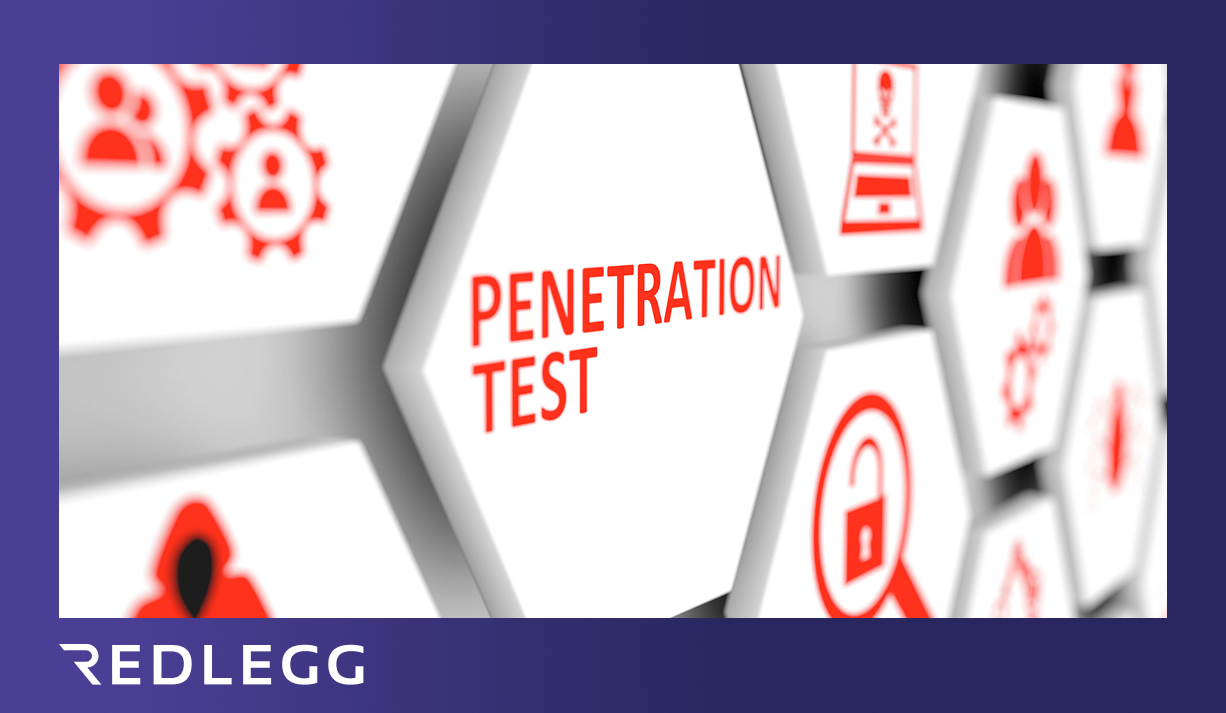17 min read
By: RedLegg Blog
The Growing Necessity of Cybersecurity Testing
2023 marked a significant cyberattack escalation, affecting over 343 million individuals worldwide. Between 2021 and 2023, data breaches surged by 72%, setting a new unsettling record. These figures highlight the urgent need for cybersecurity testing to protect various aspects of a business. As digital threats become more sophisticated, proactively testing the resilience of your networks, applications, and personnel against potential attacks is not just beneficial—it's essential to safeguard your enterprise's vital assets.
Why Cybersecurity Tests Matter
Cybercriminals are increasingly adept at identifying and exploiting vulnerabilities within business systems. These vulnerabilities can exist anywhere—from network infrastructures and software applications to an organization's human elements. The consequences of such exploits are not just data breaches but can extend to severe financial losses and damage to a company's reputation.
A proactive approach to cybersecurity testing is crucial. By identifying vulnerabilities before attackers do, businesses can prevent potential threats from becoming actual breaches. Regular cybersecurity risk assessments help ensure that protective measures are in place and effective against ever-evolving cyber threats. This strategic vigilance is key to maintaining the security and trust of clients and partners.
The 4 Pillars of Effective Security Testing
1. Network Testing
Network testing is essential to protecting the foundational infrastructure of a business’s digital operations. Testing network security focuses on actively assessing and improving the defenses of a company’s network to prevent unauthorized access and potential breaches. Techniques such as vulnerability assessments, penetration testing, and Red Team exercises are employed to both uncover and mitigate security vulnerabilities. These network security tests provide a detailed insight into the security readiness of the network, allowing businesses to strengthen their defenses against both external threats and internal vulnerabilities.
- Vulnerability assessment: This process includes vulnerability scanning and identifies security gaps that attackers could exploit, providing a roadmap for strengthening the network’s defenses.
- Penetration testing: This happens after a vulnerability assessment. Penetration testing tools simulate an attack on the network to find real-world vulnerabilities that malicious actors might exploit, providing insights into how to fortify defenses effectively.
- Red Team exercises: These exercises pit a designated attack team (red team) against a defense team (blue team) to test a company’s cyber defense readiness, providing a dynamic environment to assess and improve security measures.
2. Application Testing
As businesses grow increasingly dependent on digital solutions, the security of web and mobile applications becomes a critical concern. Application security testing ensures that these crucial tools are functional and secure from both developmental and operational perspectives. This pillar employs a variety of testing methods, such as static and dynamic source code analysis, fuzzing, and manual source code review, each designed to identify and resolve potential vulnerabilities in software before they can be exploited.
- Static source code analysis: Analyzes the application's code before it runs, identifying potential security vulnerabilities and operational flaws.
- Dynamic source code analysis: This analysis is conducted while the application runs and interacts with other elements like databases and servers to identify vulnerabilities that emerge during operation.
- Fuzzing: Inputs large amounts of random data, or "fuzz," into the application to test how it handles unexpected or extreme inputs, identifying potential security vulnerabilities.
- Manual source code review: Involves experts manually reviewing the source code to catch subtleties and vulnerabilities that automated tools might miss.
3. Social Engineering Testing
Often, the greatest cybersecurity risk comes from human error or manipulation. Social engineering testing is dedicated to strengthening the human component of security protocols, assessing how well employees can withstand various deceptive tactics designed to extract confidential information. This pillar includes methods like phishing, weaponized phishing, vishing, and physical breach assessments, each tailored to test and improve employees' responses to social manipulation and prepare them against common and advanced social engineering threats.
- Phishing assessment: Evaluates employees' ability to recognize and resist emails that mimic legitimate sources and aim to steal sensitive information.
- Weaponized phishing: Sends emails with malicious payloads to test the effectiveness of an organization’s security protocols and employee vigilance.
- Vishing assessment: Voice calls that attempt to trick employees into divulging critical data, assessing readiness against such attacks.
- Smishing assessment: SMS texts are used to lure individuals with seemingly innocuous or rewarding messages to extract personal information.
- Physical breach assessment: Evaluates the effectiveness of physical security controls to prevent unauthorized access to facilities, ensuring all personnel are trained and vigilant.
4. Comprehensive Security Assessments
Beyond digital threats, businesses must also consider physical and specialized system vulnerabilities. Comprehensive security assessments encompass a wide range of tests designed to safeguard digital information, physical assets, and specialized industrial systems like SCADA and ICS. This pillar includes rigorous evaluations such as SCADA testing, embedded/ICS testing, physical security walkthroughs, and board-level hardware testing. This ensures that all facets of a company’s operations are protected from potential intrusions and system exploits.
- SCADA testing: Targets the security of Supervisory Control and Data Acquisition systems, which are crucial for industries reliant on these for operational control.
- Embedded/ICS testing: This area focuses on securing Industrial Control Systems and embedded systems within manufacturing settings or pilot plants from potential security exploits.
- Physical security walkthrough: Involves a thorough inspection of all access points within a facility to ensure they are secured against unauthorized entry.
- Board-level hardware testing: Examines vulnerabilities at the hardware level, such as those highlighted by Meltdown and Spectre, which can compromise data integrity.
Securing Your Business Through Cybersecurity Testing
Cyber threats are continuously evolving, with new vulnerabilities emerging as technology advances. In this environment, comprehensive cybersecurity testing is not just beneficial—it's essential. By implementing the four pillars of effective cybersecurity testing—network testing, application testing, social engineering testing, and comprehensive security assessments—businesses can create a security framework that addresses all aspects of their operations.
Network testing and application testing ensure that your digital infrastructures and the applications that run on them are fortified against unauthorized access and potential breaches. Social engineering testing addresses the human factor, often the most vulnerable aspect of cybersecurity, by preparing your personnel to handle and respond to deceptive tactics effectively. Meanwhile, comprehensive security assessments provide a holistic view of digital and physical vulnerabilities, ensuring that all bases are covered—from software to hardware.
As cyber threats become more sophisticated, the need for equally sophisticated and proactive security strategies becomes more critical. Regular and rigorous testing, aligned with the latest developments in cybersecurity, can help protect your company from potentially devastating cyber incidents. Protecting data is crucial, but equally important is safeguarding your business’s reputation, operational integrity, and future.
To ensure your cybersecurity measures are comprehensive and up-to-date, consider consulting with the cybersecurity professionals at RedLegg, who can offer tailored advice and strategies suited to your needs. Contact a RedLegg expert today to discuss how you can strengthen your cybersecurity posture and keep your business safe.








